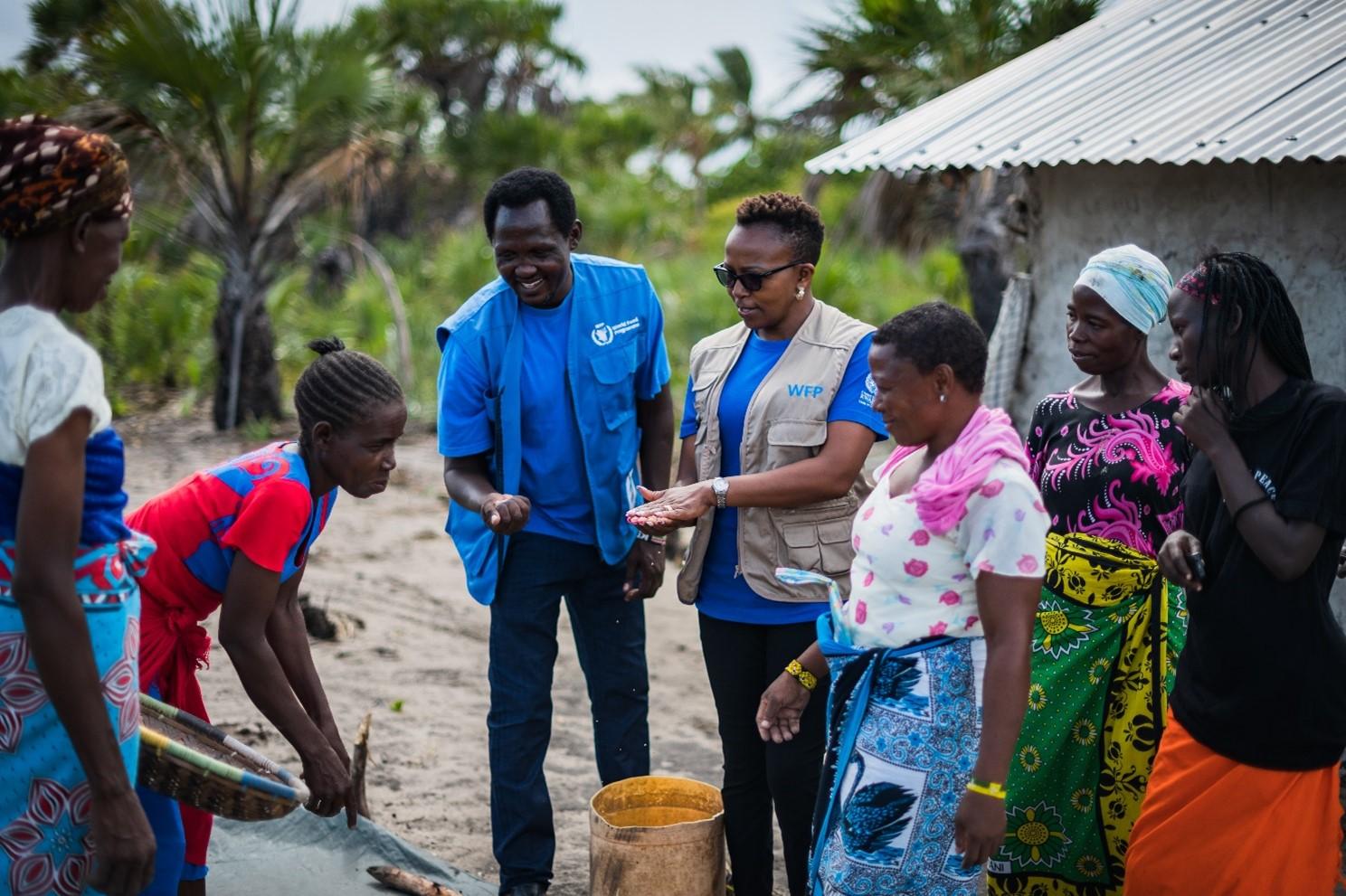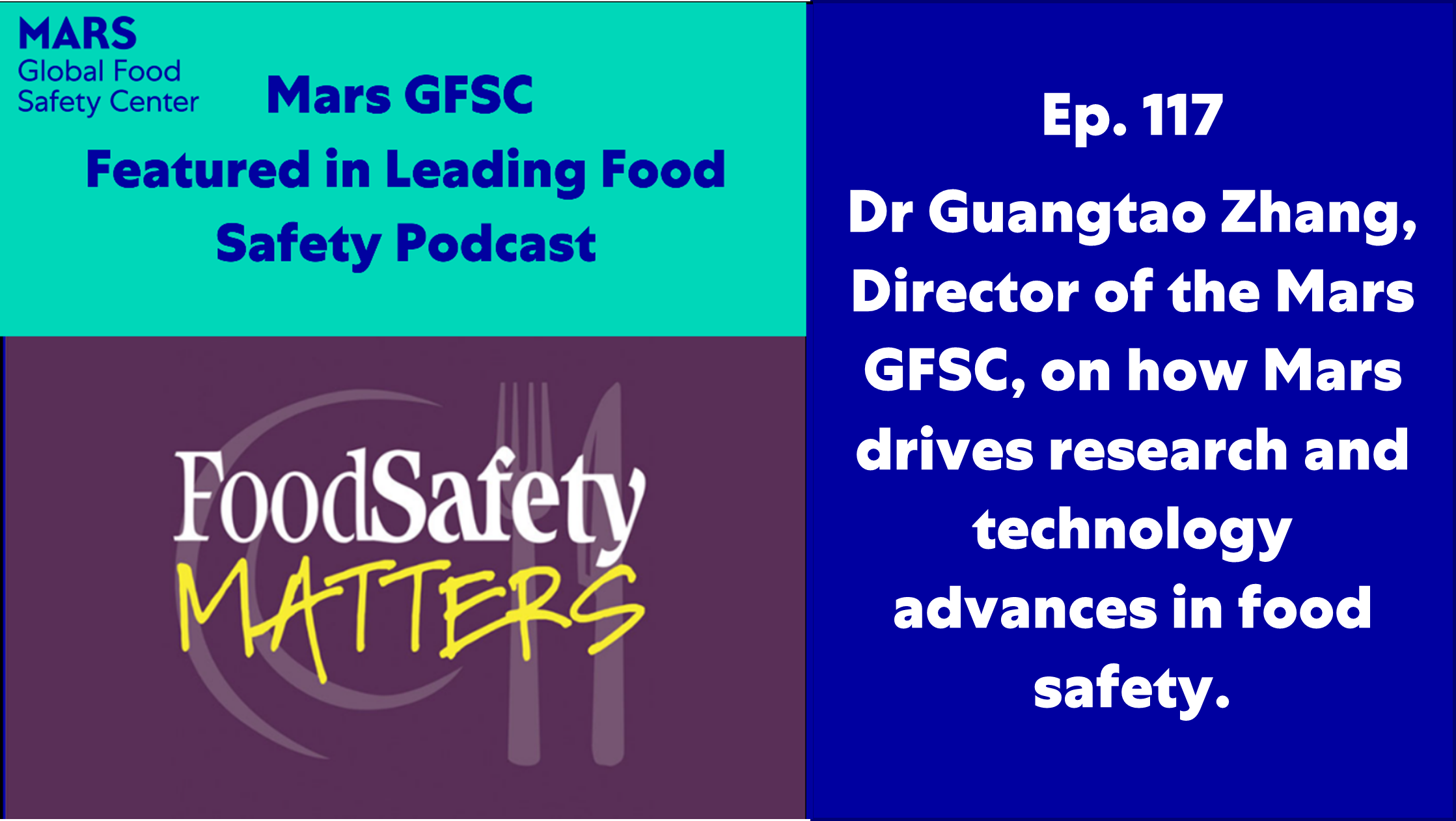Why It’s Time to Move Beyond Words on Global Food Safety

“The world must unite to eliminate unsafe food from our supply chains.” That was the message global leaders shared at the world’s first International Conference on Food Safety in Addis Ababa, Ethiopia earlier this year.
This was the first International Food Safety Conference (IFSC) co-organized by the Food and Agriculture Organization of the United Nations (FAO), the World Health Organization (WHO), the African Union (AU) and the World Trade Organization (WTO).
As representatives from around the world attended the follow up meeting, led by the World Trade Organization (WTO) it occurred to me that we’re tantalizingly close to a step-change in how food safety and its impact is understood. However, there is much more to do.
If it’s not safe – it’s not food
The aim of the first conference was to discuss actions and strategies to overcome current and future global food safety challenges in line with The Agenda for Sustainable Development 2030 - a global action plan, which seeks to eradicate poverty in all forms. I had the privilege of speaking at the conference as did my friend and colleague Howard-Yana Shapiro, Chief Agricultural Officer for Mars, who was among the few private sector representatives invited to speak at the event. As he said, climate change is likely to produce major and unpredictable effects on future food supply; we have to change the way we think about food, food production systems and resilience to climate change. Follow up discussions were held in Geneva, Switzerland in April 2019 to address trade related aspects and challenges of food safety at the WTO International Forum on Food Safety and Trade.
Why is this important? Well, as many of you will have heard me say before – if it’s not safe, it’s not food. As noted by the WHO, each year contaminated food causes illness and death, and we know that food safety risks are increasing. The private sector has an important role to play in helping all those involved in the global food supply chain identify food safety risks and solutions – in 2015 Mars built the Mars Global Food Safety Center to help develop new insights and share what we know. That said, since the global food supply is interconnected, no single entity can solve the global problem of food safety. For me, these international conferences on food safety herald an important shift in the right direction and they also underscore a critical point: we have to move beyond the words and reports of the past decade, to problem solving and actions.
How do we move beyond words?
In my view, we need to build a safe food movement. One that will eliminate unsafe, contaminated foods, mitigate the negative social, economic, health and environmental impacts of unsafe foods and sustain a resilient and ever-increasing supply of safe, affordable and nourishing foods for everyone.
Here’s what those actions could look like:
- Conduct a global study to understand where we are, what the gaps are, what the priority actions are.
- Use the outcomes of the international food safety conference in Addia Ababa and part two in Geneva to encourage all stakeholders to engage and participate. We must move to action to help guide national governments, the programs, policies and initiatives to ensure that the food their citizens consume is safe.
- Use the United Nations designated World Food Safety Day of June 7 as the platform to report annually on how well the safe food movement is doing on its continuing pledge and efforts to make food safer for all consumers.
- Given the significant and pervasive negative health, environmental, social and economic impacts from unsafe, contaminated food it is also essential that we fill this information gap with science-based perspectives to infuse food systems-- from production to consumption-- with safe food.
If we look at all of the challenges facing the world today it’s sometimes hard to be optimistic but there are bright spots. Within a context of climate change, political instability and an environment where beliefs and incorrect “facts” powered by social media can lead to mistrust, the criticality of food security is being recognized and addressed. But this is just the start, and we can and must do so much more. Most days I get to work on things that can make the food supply safer in a small way and I’m lucky to work for a company that is moved to help create a better tomorrow, but collaboration is critical. So let’s all move from thinking and speaking to doing!
This blog originally appeared on LinkedIn, you can read more for David here.


Recommended Reads
Learn about the latest trends and constant changes happening in the food safety industry today.




